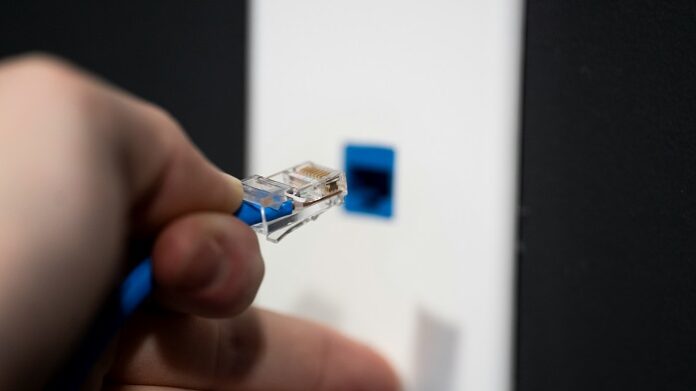The speed of the internet connection and uninterruptible connectivity is the backbone of any network operation. Ethernet cables are top-tier contributors in providing you with phenomenal performance. You can use them to establish a local database for cross-device access, or even connect them to various devices to access the internet. Ethernet cables are top-class contributors to the best internet experience. But don’t forget to keep these tips in mind if you want to make the most of your ethernet cable:
Let’s Begin By Understanding Ethernet Cables
Ethernet cables are also known as network cables or LAN (Local Area Network) Cables. They are the physical components that you use to connect the two devices together. By doing so, you establish a local network. However, if you use an ethernet cable with a router that has an active internet connection, you can use high-speed internet.
Correlatively, ethernet cables are available in multiple categories. Each category has better speed, material composition and shielding capacity. For example, you can find Cat5, Cat6, Cat7, and Cat8 ethernet cables. They also tend to have subcategories like Cat5e, Cat6a, and so on.
Now, let’s explore the tips on how you can use this simple component to improve your connectivity beyond what you already receive:
1. Choose the Right Ethernet Cable Category
The first step to making the most out of your ethernet cables is selecting the right one, with proper material and performance class. Let’s try to keep things simple:
- If your requirement is basic internet browsing with stable speeds, then Cat 5e will do the job. It is not top-of-the-line but can be used for basic connections and standard entertainment. They offer around 1 Gbps of speed.
- Cat 6 cable is a better option than Cat 5e. They are future-proof and offer up to 10 Gbps of speed, which is enough for most devices that people use. You can easily use them for gaming, streaming HD content, and more.
- Cat 7 is designed for even higher speeds and enhanced shielding to reduce interference. They are mostly used for tasks that require impeccable bandwidth. Many enterprises rely on Cat7 and 8.
Once you discover the right category for ethernet, move on to the next tip.
2. Keep The Cable Lengths Short
There’s no doubt that ethernet cables can easily provide data supply to extended distances. If you use Cat 6a instead of Cat6, you can easily use the long-distance connection. However, it is better to stick to shorter cables, especially for local networks and home internet connections. It reduces interference and packet loss. You can salve more data in the long run.
3. Avoid Interference and Crosstalk
Any home, office, or any other building is full of various devices, machines, and appliances. It is easy for the tech to overwhelm each other. As a result, there can be interference. So, try to avoid that. One good way to do so is by using cable covers on ethernet cables or by installing them separately from other cables.
4. Regularly Check and Replace Damaged Cables
It is easy for ethernet cables to wear and tear over time. There can be many reasons behind that, but it will reduce your internet speed and performance. If your cable seems damaged or worn out, make sure to replace it. Try to avoid bending it and pinching the ethernet cables for long lasting performance
6. Don’t Forget About Your Router
While upgrading your Ethernet cables is essential, don’t forget to consider the capabilities of your network routers. To fully utilize the potential of higher category cables, ensure that your networking hardware supports gigabit or faster speeds. Remember that Gigabits and Gigabytes are different, and you might need to learn about them before making the decision.





